Nikon Nikkor Z 24-70 mm f/2.8 S
4. Image resolution
Let's see how the Nikkor Zá24–70ámm f/2.8áS compares; its results, reached in the frame centre and at 24, 45, andá70ámm, presents a graph shown below.
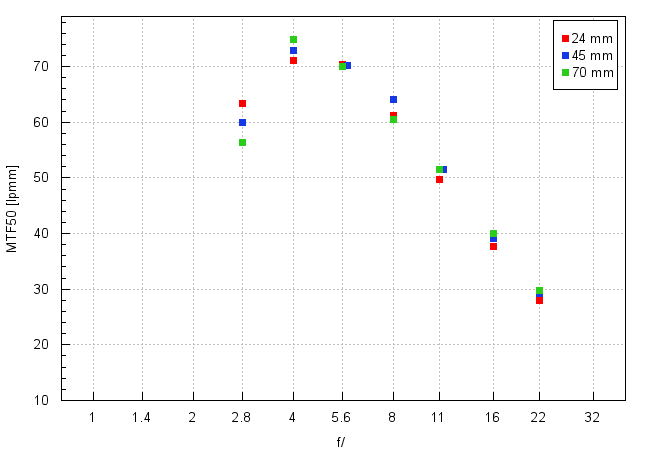
Please Support UsIf you enjoy our reviews and articles, and you want us to continue our work please, support our website by donating through PayPal. The funds are going to be used for paying our editorial team, renting servers, and equipping our testing studio; only that way we will be able to continue providing you interesting content for free. |
- - - - - - - - - - - - - - - - - - - - - - - - - - - - - - - - - - - - - - - - - - - - - - - -
The performance in the frame centre is exactly what you would expect from a top-of-the-range zoom lens. Firstly, all focal lengths are similar, with very slight differences between them. Secondly, already from the maximum relative aperture you get not only useful but also good images. Thirdly, on stopping down the aperture, by f/4.0 and f/5.6, the lens exceeds a very high level of 70 lpmm. Now it becomes clear what is the difference between this lens and the cheaper 24-70 mm f/4.0 model as the latter didn't manage to exceed 70 lpmm at any combination of aperture and focal length.
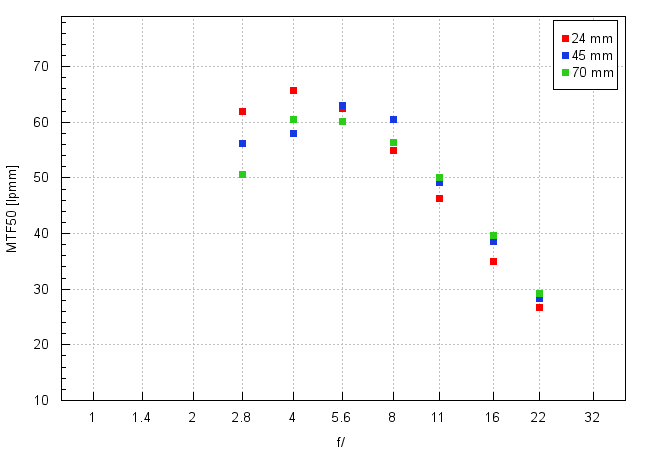
The edge of the APS-C/DX sensor also didn't give us any reasons to complain. It's true you can notice greater differences between particular focal lengths but, what's significant, the 24 mm focal lenght fares the best here. It's a wise choice because in the case of that focal length the edges are more important than in the case of, say, 70 mm as they often hide among blurry out-of-focus areas.
Overall even at the weakest focal length the performance is very good and images – fully useful. What's important, it also concerns the maximum relative aperture. Now let's check how the tested lens fares on the edge of full frame.
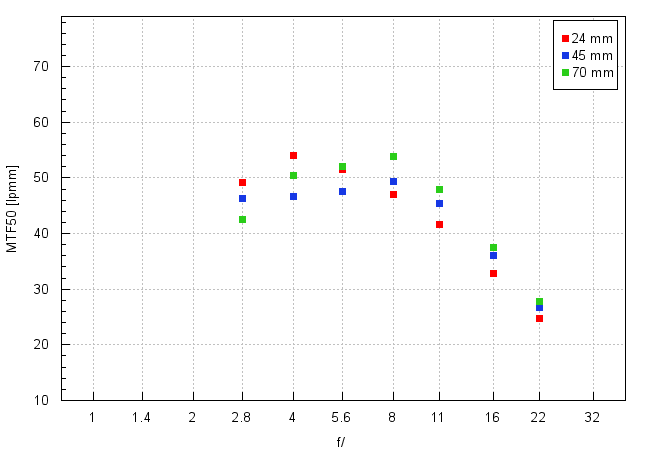
It would be difficult to point out the best focal length - in the area close to the maximum relative aperture you get the highest results at 24 mm but on stopping down prevails the 70 mm focal length. Still, it is important that the results are pretty similar and you are able to get completely useful images already from the maximum relative aperture. In other words so far we haven't found any slip-ups and once again the advantage over the Nikkor Z 24-70 mm f/4 S is pretty obvious – the slower lens wasn't able to achieve the decency level at its maximum relative aperture and on the edge of full frame no matter what focal length you employed.
At the end of this chapter, traditionally, we present crops taken from photos of our resolution testing chart which were saved as JPEG files along the RAW files, used for the analysis above.
| NikonáZ7, JPEG, 24ámm, f/4.0 |
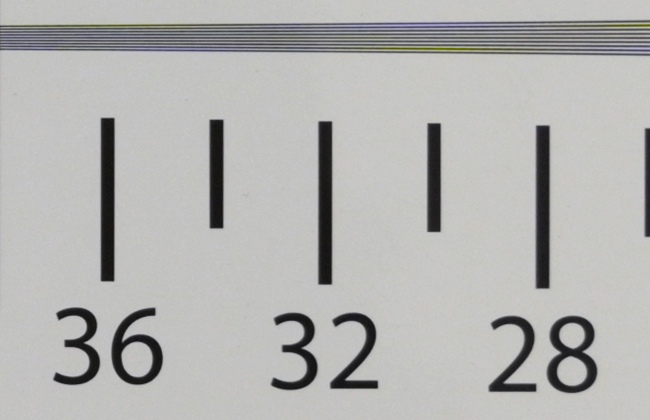 |
| NikonáZ7, JPEG, 70ámm, f/4.0 |
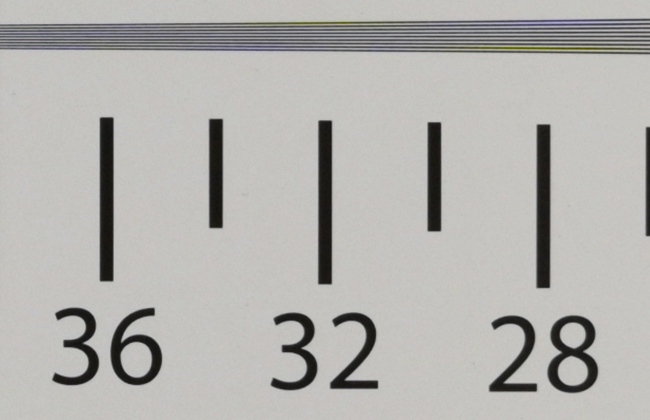 |






